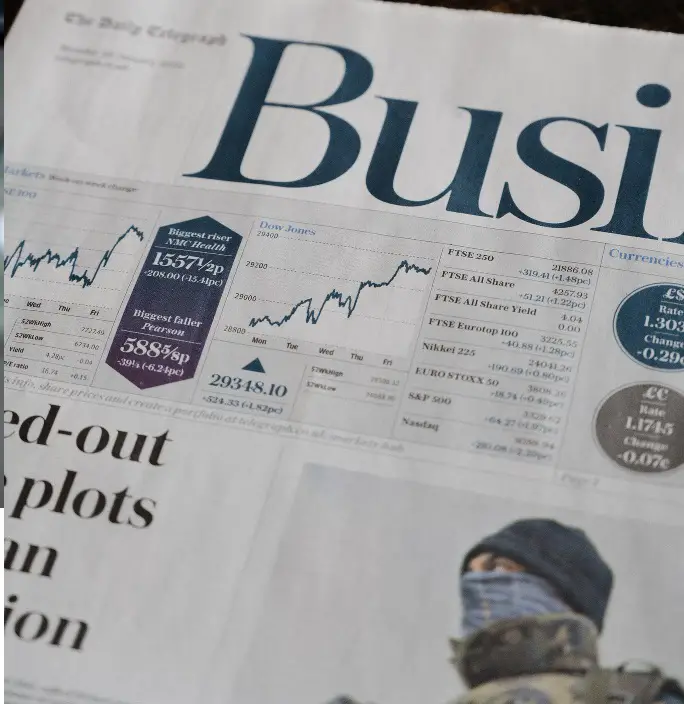Stocks were mixed at the close Tuesday, as the S&P 500 settled to a new 2022 low, and the Dow Jones Industrial Average fell even deeper into a bear market, after a day of tumultuous trading. The Nasdaq broke the pattern however, rising 0.3% for the day.
Treasury yields continued to rise, with the 10-year note closing in on 4%, the highest since 2010, and the 2 year topping 4,3%, a high not seen for 15 years. The Chicago Board Options Exchange Volatility Index rose above 32, the highest reading since June 17th.
Comments from policymakers for the Federal Reserve occupied investors Tuesday. Minneapolis Federal Reserve Bank President Neel Kashkari said in a live interview with the Wall Street Journal, that he and his colleagues were “united” in their determination to take aggressive action to topple inflation.
Kashkari said, “We are committed to restoring price stability, but we also recognize, given these lags, there is the risk of overdoing it on the front end, and so I think we are moving at an appropriately aggressive pace.”
Chicago Fed President Charles Evans said at a London forum earlier in the day, said he saw interest rates needing to be raised at least another point before the end of the year, but that he did not think the job market would enter “recession-like” conditions.
Trading of late has increasingly been based around worries the Federal Reserve would damage the economy through raising rates to combat inflation. Fed Chair Jerome Powell set the tone with earlier statements in a speech last week following the latest policy announcement, noting that there would be some “pain” inflicted in the course of combatting inflation.
He said, “We have always understood that restoring price stability while achieving a relatively modest decline in unemployment and a soft landing would be very challenging and we don’t know whether this process will lead to a recession or if so, how significant that recession would be.”
Now as major indexes hit new yearly lows, and the Dow struggles through a bear market, investors are wondering just how low the market will be allowed to fall as the Fed combats inflation, which many ague may be more due to high energy prices, than loose monetary policy.
Among the most bearish of analysts on equities, Morgan Stanley’s Mike Wilson says he expects to see companies increasingly downgrade earnings estimates in the coming months, and that this will push stocks even lower. He estimates the S&P 500 will ultimately drop to a range of 3,000-3,400 later this fall.
However there are still optimists. Chris Larkin, managing director of trading at Morgan Stanley’s E*TRADE said in a note: “Many traders and investors may not have noticed that last week’s slide put the SPX back below its bear-market threshold, and as unwelcome the milestone may be, historical tendencies show the worst was often over by the time the SPX first hit the bear-market threshold — which in this case, was a little more than three months ago.”

